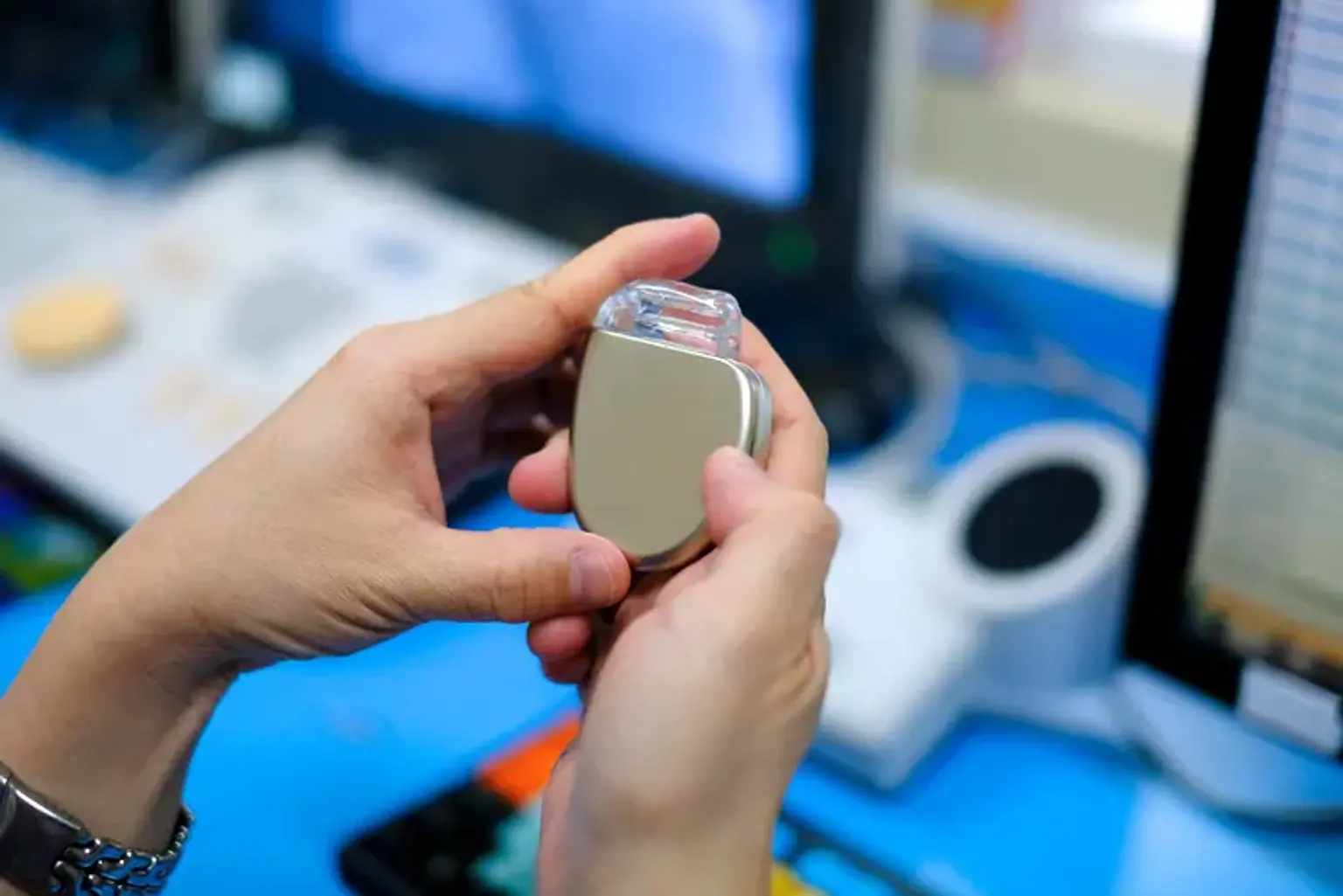Implantable cardioverter-defibrillator (ICD)
Overview
What is the Implantable Cardioverter Defibrillator?
The implantable cardioverter defibrillator (ICD) is a life-saving device that prevents sudden cardiac death in high-risk patients such as those with severe left ventricular systolic dysfunction (LVSD) and those with specific structural heart diseases such as hypertrophic obstructive cardiomyopathy (HOCM), sarcoidosis, and others. ICDs have been implanted in millions of people worldwide since the first human implant in 1980.
Clinical trials have contributed to the development of guidelines for implantable cardioverter defibrillator insertion in the primary and secondary prevention of sudden cardiac death. Recent trials have also explored and compared different programming ways to reduce unwanted shocks and increase ICD patient survival.
